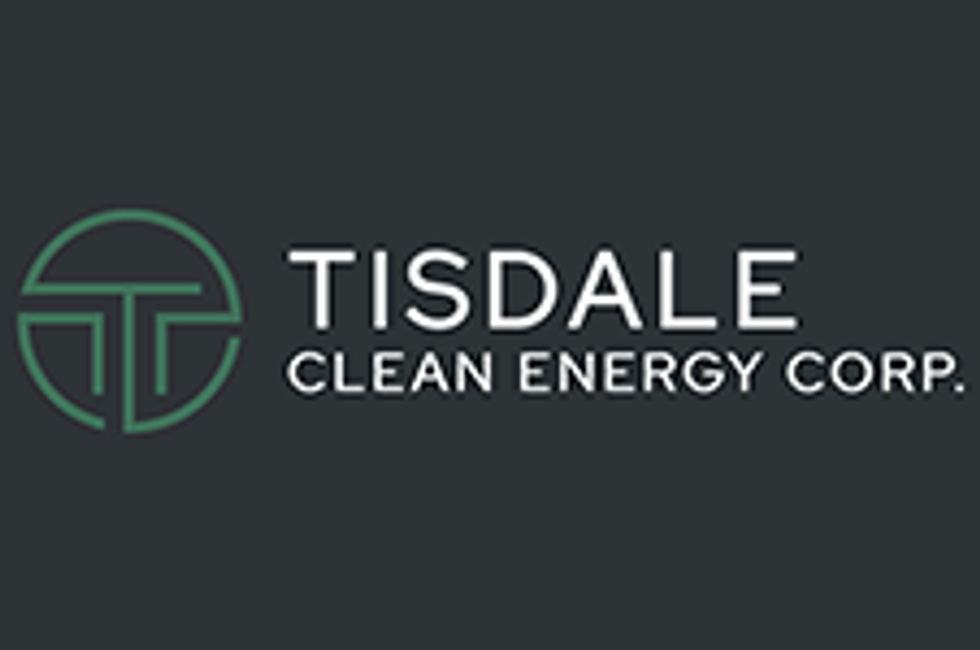- AustraliaNorth AmericaWorld
Investing News NetworkYour trusted source for investing success
- Lithium Outlook
- Oil and Gas Outlook
- Gold Outlook Report
- Uranium Outlook
- Rare Earths Outlook
- All Outlook Reports
- Top Generative AI Stocks
- Top EV Stocks
- Biggest AI Companies
- Biggest Blockchain Stocks
- Biggest Cryptocurrency-mining Stocks
- Biggest Cybersecurity Companies
- Biggest Robotics Companies
- Biggest Social Media Companies
- Biggest Technology ETFs
- Artificial Intellgience ETFs
- Robotics ETFs
- Canadian Cryptocurrency ETFs
- Artificial Intelligence Outlook
- EV Outlook
- Cleantech Outlook
- Crypto Outlook
- Tech Outlook
- All Market Outlook Reports
- Cannabis Weekly Round-Up
- Top Alzheimer's Treatment Stocks
- Top Biotech Stocks
- Top Plant-based Food Stocks
- Biggest Cannabis Stocks
- Biggest Pharma Stocks
- Longevity Stocks to Watch
- Psychedelics Stocks to Watch
- Top Cobalt Stocks
- Small Biotech ETFs to Watch
- Top Life Science ETFs
- Biggest Pharmaceutical ETFs
- Life Science Outlook
- Biotech Outlook
- Cannabis Outlook
- Pharma Outlook
- Psychedelics Outlook
- All Market Outlook Reports
Robert Simpson, a former journalist and leading authority on public perceptions, is trying his hand at investing in resource stocks. Here he explains why he’s giving uranium a shot and identifies the company he’s bought shares in. Read on to find out which it is.
Over the past two weeks, I’ve been trying to understand the complexities of the uranium market. However, getting a grasp on the supply and demand fundamentals is no easy matter. Most reasoned approaches suggest a small number of mines will need to come online between now and 2020 to maintain the uranium supply-demand balance.
As the World Nuclear Association reports, “there are 434 nuclear reactors operable as of April 1, 2014. Of greater significance, 72 nuclear reactors are under construction and there are a total of 173 other reactors planned around the world and uranium demand is expected to exceed supply sometime between now at 2020.”
After extensive research, I’ve concluded that investing in uranium exploration companies looks profitable if you take the long view.
One of the uranium exploration companies that caught my attention is NexGen Energy (TSXV:NXE). It’s a junior exploring one of the most dominant land positions in the historic eastside and emerging southwest side of Saskatchewan’s Athabasca Basin.
Rook I, which is wholly owned by the company, hosts the Arrow discovery, which after 48 drill holes is beginning to show potential to become a large, high-grade uranium discovery. (The area of mineralization of 515 meters by 215 meters, depth starting at 100 meters down to 920 meters, remains open in every direction and at depth.)
Additionally, the company holds the Bow discovery 3.7 kilometers northeast of Arrow, and it is also showing some potential for additional discoveries.
NexGen’s management team and board of directors holds up on the due diligence side. CEO Leigh Curyer was previously CFO and head of corporate development at Southern Cross Resources (now Uranium One (TSX:UUU)), where he managed the exploration, permitting and feasibility study for the Honeymoon uranium project in South Australia.
The board of directors is top notch and has a combined 200 years of experience in mineral exploration, development, mining and mine finance.
Most importantly in this market, the company has the money to drill the Rook 1 project and build the resource. Last week, it closed a $23.74-million bought-deal offering.
While the financing resulted in some stock dilution (47.48 million shares at a price of $0.50), the continuity of the exploration activity does guarantee news flow for the remainder of the year. And if results produce high-grade uranium, that could translate into stock appreciation.
I bought 5,000 shares at $0.40, and will purchase more if the share price falls back after the recent financing. (Note: management followed up the financing with a news release confirming additional high-grade mineralization from the winter drill program, and that has so far managed to keep the price at the financing price of $0.50).
I am also interested in watching some of the uranium producers. If the price of uranium begins to rise above $50 mark, there are some good opportunities in this space. I am tracking Wyoming-focused Ur-Energy (TSX:URE), which calls itself a “pipeline producer,” as well as Uranium Energy (NYSE:UEC) and Energy Fuels (TSX:EFR,NYSEMKT:UUUU), the largest producer of conventional uranium in the US. And of course, no list of producers should not include Cameco (TSX:CCO,NYSE:CCJ), one of the world’s largest uranium producers.
Company updates
I learned Amarc Resources (TSX:AHR) received its permits from the BC government to proceed with up to 19 drill holes this summer on the Ike project, but the company has not made its exploration plans known yet. I assume any exploration is predicated on financing and confident executives aren’t eager to dilute the share price while it is trading near 0.15 cents. This is a story that has lots of chapters yet to come, so patience is important.
Trevali Mining (TSX:TV) has been busy. Since my last article at the beginning of May, the company has begun commissioning its 3,000-tonne-per-day Caribou zinc mine in the Bathurst Mining Camp of Northern New Brunswick; announced results of an independent mineral resource estimate update for its Stratmat deposit; entered into a $20-million bought deal; and then increased the bought deal to $30.6 million.
All this activity has not been reflected in its share price, which has dropped from a high of $1.21 (May 5) to $1.03 (May 27); however, the company hasn’t been asleep at the wheel, and this activity will pay off for patient investors.
Financial recap June 1, 2015
Starting cash balance: $34,297
_____
Purchase of 20,000 Amarac Resources shares at $0.12: -$2,400
Purchase of 2000 Trevali Mining shares at $1: -$2,000
Purchase of 4500 NexGen shares at $0.45: -$2,025
_____
Amarc Resources share value May 27, 2015 ($0.125 cents): $2,500
Trevali Mining share value April 30, 2015 ($1.03): $2,060
NexGen share value May 27, 2015 ($0.52): $2,340
_____
Account balance: $34,772 (plus $475)
Robert spent several years as a business journalist for some of Canada’s most respected media outlets. After a long career as a print journalist and a long-standing interest in how the media affects public policy, Robert became a leading authority on public perceptions. He has created and managed some of the most influential public relations, public affairs and communication campaigns seen throughout North America. Robert was named one of the Top 100 Most Influential People for 2012 by Cambridge Who’s Who for his work and he was also recognized in 2012 by the Canadian Council of Aboriginal Business and awarded the Leadership, Enterprise and Partnership Award for his work in facilitating collaboration between corporate Canada and Aboriginal business. Today, Robert is a high-risk resource investor.
You can email Robert directly at commonman05@gmail.com.
Editorial Disclosure: NexGen Energy and Trevali Mining are clients of the Investing News Network. This article is not paid-for content.
Related reading:
The Common Man: Betting Big on Junior Mining Stocks
The Common Man: PDAC — Zombies Do Exist
Outlook Reports
Featured Energy Investing Stocks
Browse Companies
MARKETS
COMMODITIES
| Commodities | |||
|---|---|---|---|
| Gold | 2382.20 | -0.65 | |
| Silver | 28.44 | +0.27 | |
| Copper | 4.37 | +0.04 | |
| Oil | 84.47 | -0.89 | |
| Heating Oil | 2.62 | -0.03 | |
| Natural Gas | 1.70 | -0.03 | |
Investing News Network websites or approved third-party tools use cookies. Please refer to the cookie policy for collected data, privacy and GDPR compliance. By continuing to browse the site, you agree to our use of cookies.






